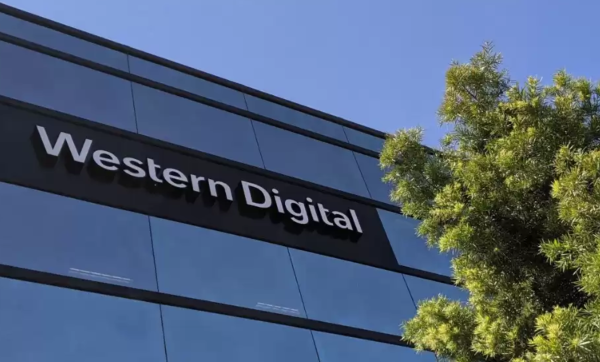Western Digital To Spin Off Flash Business In Wake Of Failed Kioxia Merger Talks
‘We have already laid important groundwork by building market-leading portfolios and enhancing the operational efficiency of each business, including the creation of separate Flash and HDD product business units and separating operational capabilities over the past several years. Additionally, we now have strong product, operational, and financial leadership in place to execute this plan successfully,’ says Western Digital CEO David Goeckeler in a prepared statement.

The question of whether Western Digital and Kioxia will merge appears to have been settled, at least for the time being.
Western Digital early Monday said that the company will divide into two separate businesses, one dedicated to developing legacy hard drive storage technology and one focused on flash storage.
The move comes over a year after the San Jose, Calif.-based storage vendor started a review of potential strategic alternatives resulting in part from a push by Elliott Investment Management and affiliates to find a way to get increased value from the company’s flash storage business.
[Related: Storage Vendors Evolve With The Times: 2023 Storage 100]
The move also comes after over two years of on-again, off-again conversations between Western Digital and Japan-based flash storage specialist Kioxia aimed at potentially merging the two companies, a move which would create the world’s largest flash storage vendor. As of last week, the merger seemed doomed when one of Kioxia’s largest investors, Korea-based flash storage manufacturer SK Hynix, said it is not in favor of the move.
However, despite the move to officially divide into two separate companies, there was nothing in Western Digital’s announcement that it had given up on merging its flash storage business with Kioxia.
Indeed, in an investor presentation also released Monday, Western Digital emphasized that it has a 23-year partnership with Kioxia, which until 2018 was part of Toshiba Memory. The two have a joint venture with combined financial resources and equipment purchasing, along with a combined talent pool. Together, they have a 31-percent share of the NAND market, the company said.
In unveiling its decision to divide its hard drive and flash storage businesses, Western Digital Monday said separating the two will help position each to better execute on innovative technology and development, take advantage of unique growth opportunities, and operate with better efficiency.
A Western Digital spokesperson, in response to a CRN request for more information, told CRN via email that the company is not offering additional information beyond what was shared in Monday’s conference call and press release.
However, Western Digital CEO David Goeckeler, in a prepared statement, said the company’s hard disk drive (HDD) and flash businesses are both well positioned to capitalize on the data storage industry’s significant market dynamics, giving them the strategic focus and resources to pursue opportunities in their respective markets.
“We have already laid important groundwork by building market-leading portfolios and enhancing the operational efficiency of each business, including the creation of separate Flash and HDD product business units and separating operational capabilities over the past several years,” Goeckeler said in the statement. “Additionally, we now have strong product, operational, and financial leadership in place to execute this plan successfully. Each business is in a solid position to succeed on its own, and the actions we are announcing today will further enable each company to drive long-term success in the years to come.”
Western Digital, in Monday’s investor presentation, said that the separate flash storage and HDD businesses would be leaders in their two industries.
Western Digital’s HDD business, which currently is the second-largest in the world with a 39-percent market share, includes as customers the top four U.S.-based cloud providers, top three storage OEMs, top five PC OEMs, and leading could and smart video providers in China.
However, the company Monday also reported that its hard drive business revenue in the first fiscal quarter 2024, which ended September 30, fell significantly year-over-year to $1.19 billion compared to last year’s $2.01 billion.
Western Digital also reported total flash storage revenue of $1.56 billion, down from last year’s $1.72 billion.
For its first fiscal quarter 2024, Western Digital reported total revenue of $2.75 billion, down 26 percent from the $3.74 billion the company reported for its first fiscal quarter 2023.
That beat analyst expectations by $90 million, according to Seeking Alpha.
Western Digital also reported a GAAP net loss of $700 million or $2.17 per share compared to last year’s net income of $27 million or 9 cents per share. On a non-GAAP basis, the company reported a loss of $544 million or $1.76 per share compared to last year’s net income of $64 million or 20 cents per share.
The non-GAAP loss beat analyst expectations by 14 cents per share, according to Seeking Alpha.